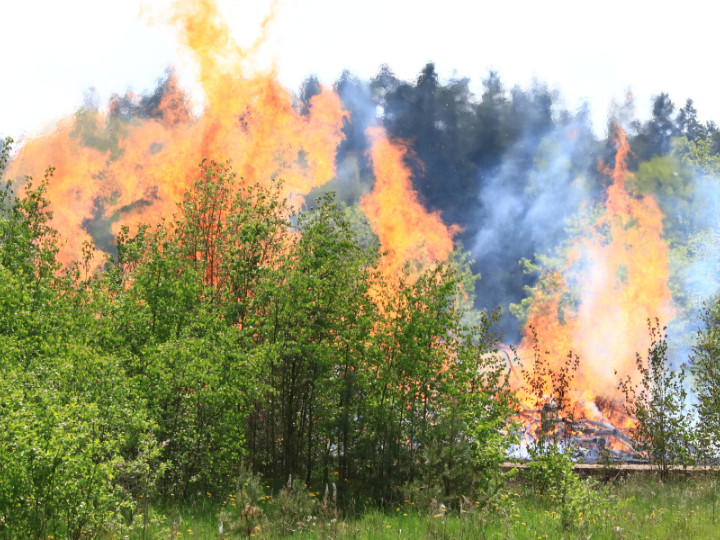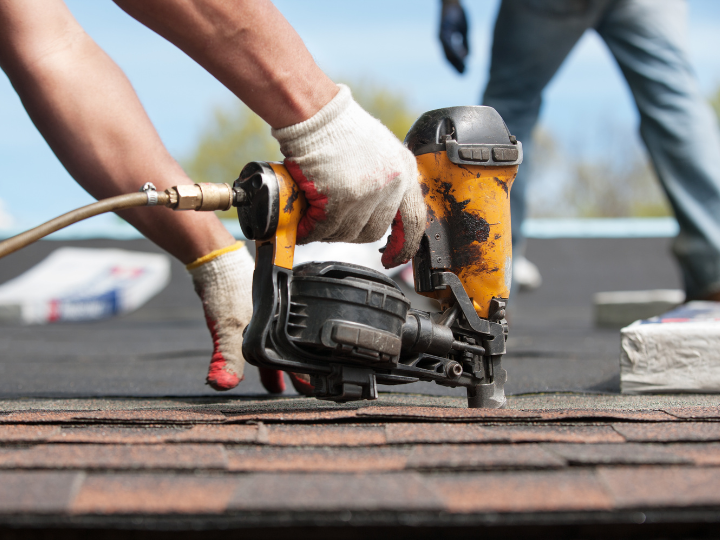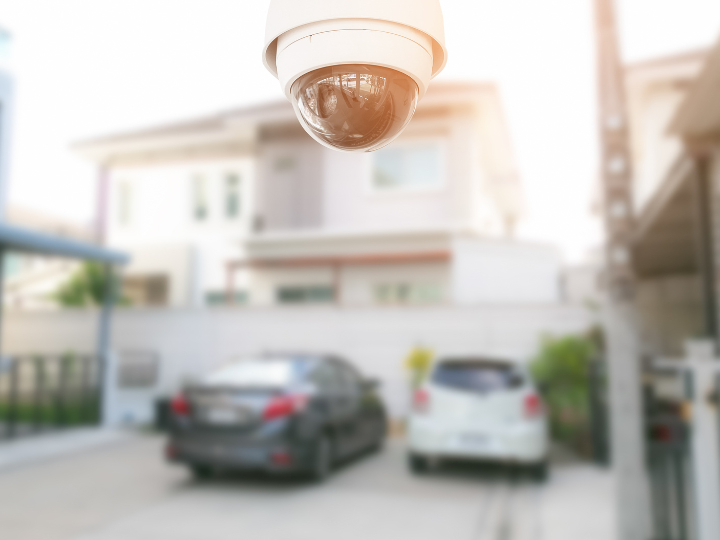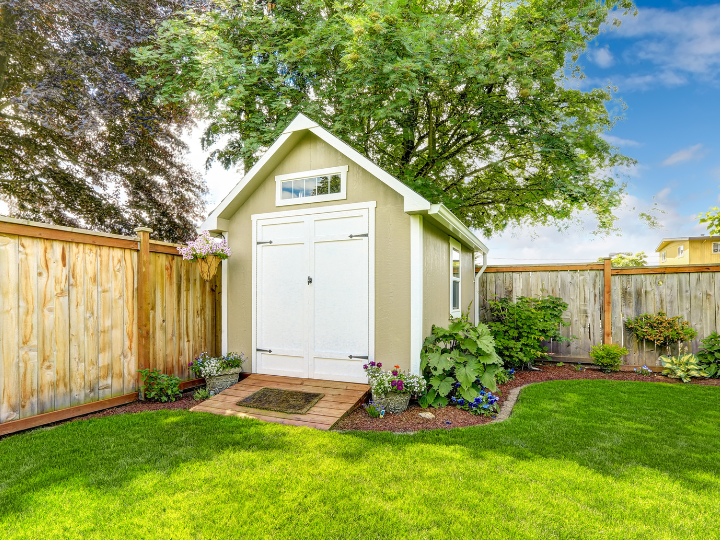Heavy rainfall can cause significant water damage to your home, especially if your property isn’t well-prepared for wet weather. Whether it’s a small leak or significant flooding, it’s essential to inspect key areas of your home to prevent long-term damage. Water can seep in through many unexpected places, so we’ve compiled a list of the top 7 areas to check after a heavy rainstorm.
1. Basement and Crawl Spaces
Why to check: Basements and crawl spaces are often the first areas to show signs of water damage during heavy rainfall. Water can seep through foundation cracks or poorly sealed windows, leading to dampness or flooding.
What to look for: Check for pooled water, damp spots on the walls, or signs of mold and mildew. If you spot any of these issues, take immediate action to prevent further damage.
Ensure your your insurance policy includes flood protection and basement water damage coverage. If not, consider updating your policy to safeguard against costly repairs.
2. Attic and Roof
Why to check: The roof is your home’s first line of defence against rain. However, even a small leak can lead to significant damage in the attic and the interior of your home.
What to look for: Look for water stains, damp insulation, or puddles in the attic. Check for missing or damaged shingles that might have allowed water to enter.
A well-maintained roof can help prevent water damage. If you haven’t had your roof inspected recently, consider including roof repair coverage in your home insurance policy.
3. Windows and Doors
Why to check: Heavy rain can force water to enter through gaps in windows and doors, especially if they aren’t properly sealed.
What to look for: Check around window sills and door frames for any signs of water leakage. Pay attention to swollen or cracked door frames, which can indicate water seepage.
If you find leaks around windows or doors, make sure your home insurance includes water damage coverage from window and door leaks. It’s better to be prepared.
4. Ceilings and Walls
Why to check: Water can travel from the roof or upper floors and cause damage to ceilings and walls. Stains, discoloration, or bubbling paint are all signs of potential water damage.
What to look for: Inspect your ceilings and walls for any signs of water stains or mold growth. Pay extra attention to areas near chimneys, vents, or plumbing fixtures.
Water damage to walls and ceilings can be costly to repair. Make sure your home insurance policy covers damage from rain, wind, and water infiltration.
5. Plumbing and Pipes
Why to check: Heavy rainfall can exacerbate existing plumbing issues, causing leaks or bursts in pipes that may already be under stress.
What to look for: Inspect exposed pipes under sinks, around toilets, and in the basement for any signs of leaks. Pay close attention to areas where pipes enter the walls or floor, as these are common places for water to seep in.
Preventative plumbing maintenance can save you from costly repairs. If water damage from plumbing issues occurs, make sure your home insurance covers burst pipes or plumbing-related water damage.
6. Gutters and Downspouts
Why to check: Clogged gutters can cause water to overflow, which can damage your roof, walls, and foundation. Ensure your gutters are clear before and after heavy rain.
What to look for: Check for standing water in your gutters or downspouts, as well as any debris that could be blocking water flow. Overflowing gutters are a common cause of water damage in homes.
Keep your gutters clean, and consider working with your broker to add coverage for water damage related to stormwater overflow in your home insurance policy.
7. Sump Pump and Drainage Systems
Why to check: If your home has a sump pump, it plays a critical role in preventing basement flooding. During heavy rain, ensure that your pump is working properly to divert water away from your home.
What to look for: Test your sump pump to make sure it’s functioning correctly. Check the surrounding area for any signs of water pooling or drainage backups.
Consider adding sump pump failure coverage to your home insurance policy to protect against basement flooding due to pump malfunctions or power outages.
_
After significant rainfall (especially in the Spring months), it’s essential to check these key areas for water damage to ensure that your home stays safe and dry. Regular inspections and timely maintenance can prevent costly repairs down the road. Don’t forget to review your home insurance policy to make sure you have the coverage you need. From flood damage to water infiltration from the roof or plumbing, it’s important to be prepared for anything nature throws your way.
Want to double check what’s covered under your existing policy? Fearful of gaps in your coverage? Book a policy review through our client portal, and meet with a team member to go over your coverages in greater detail.











